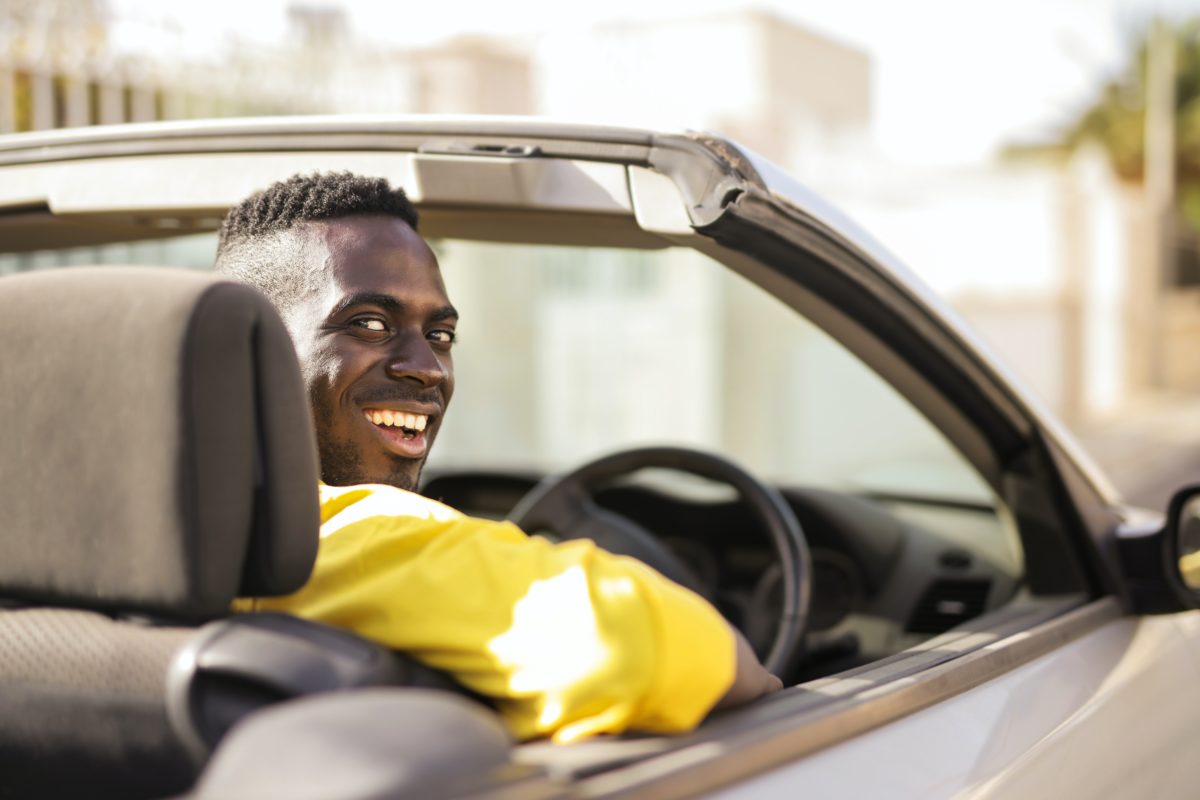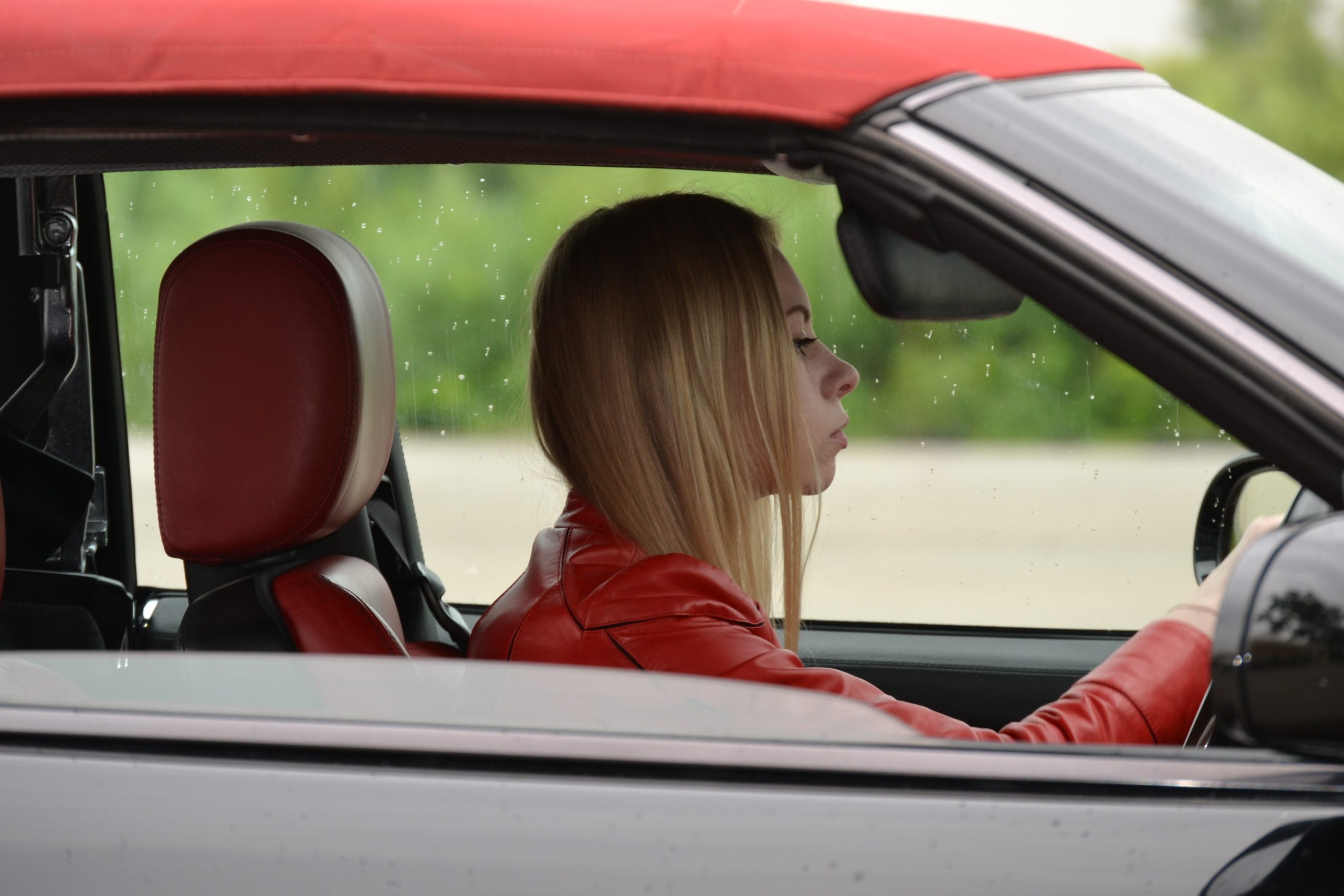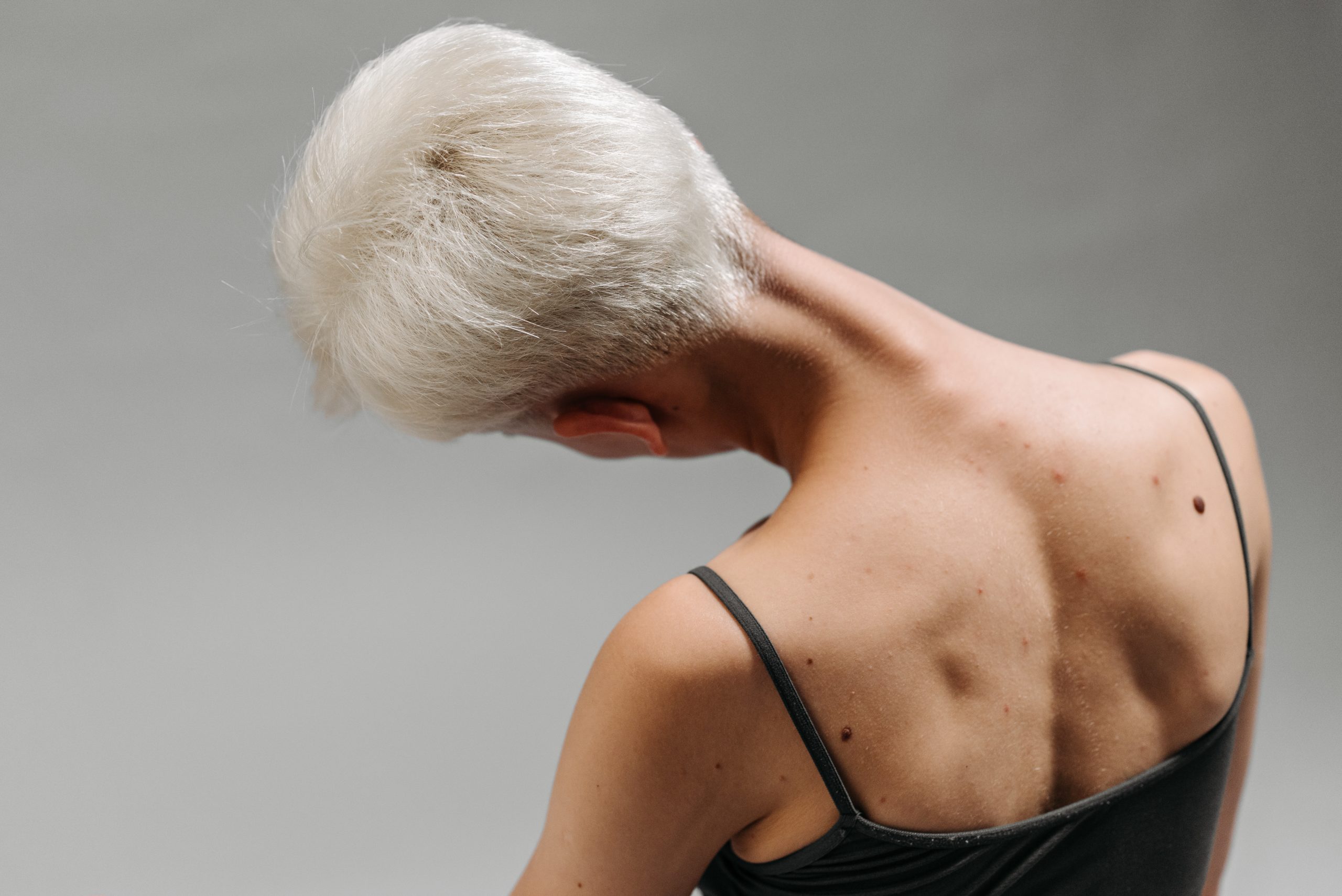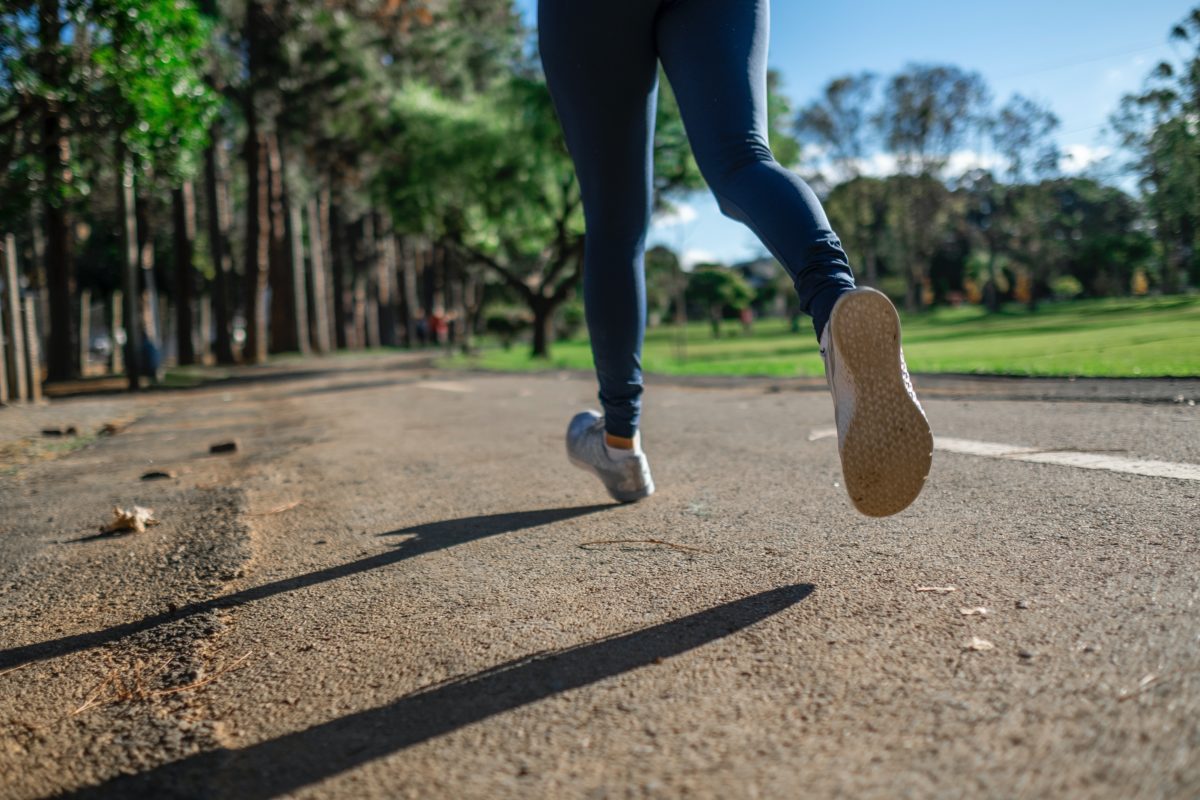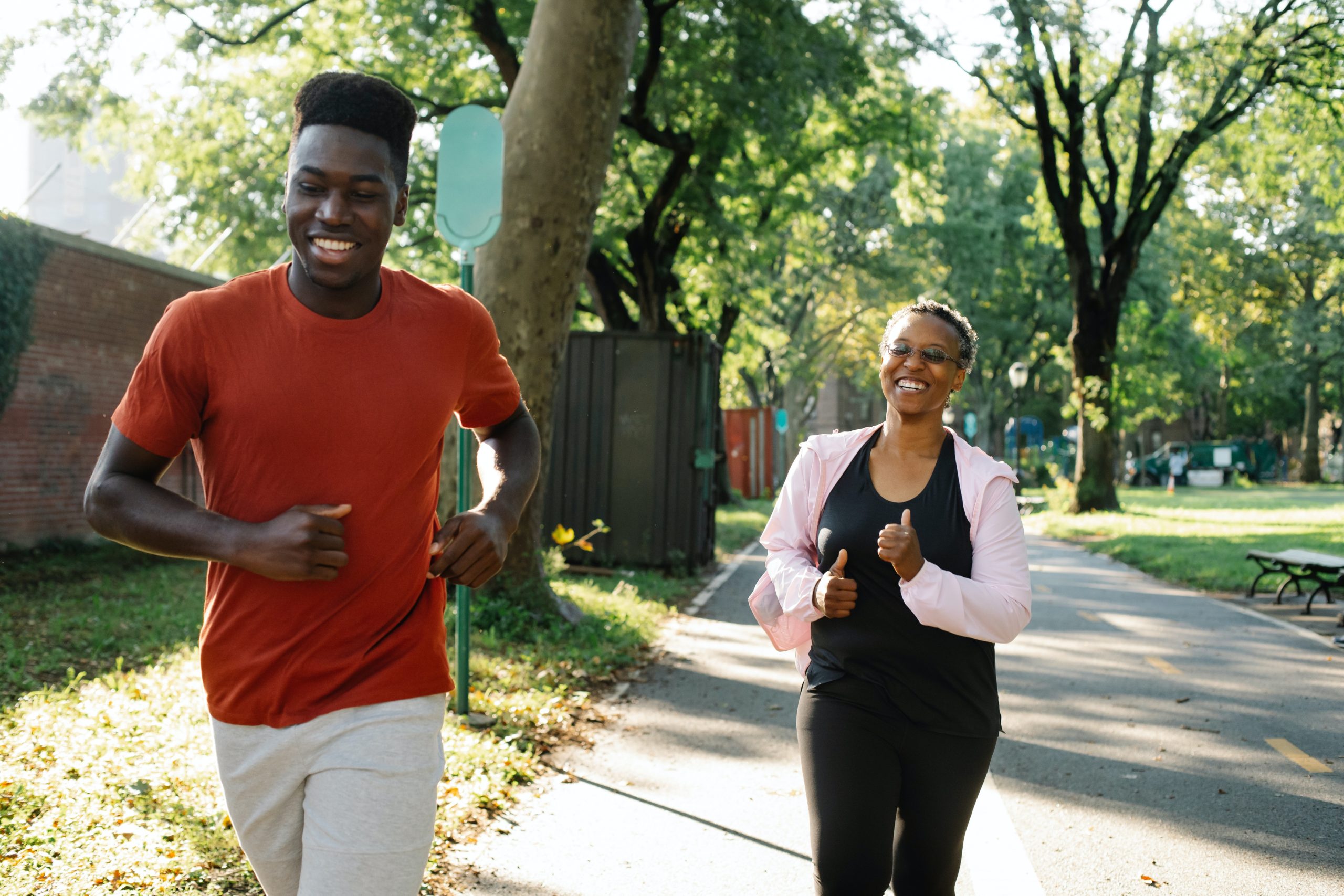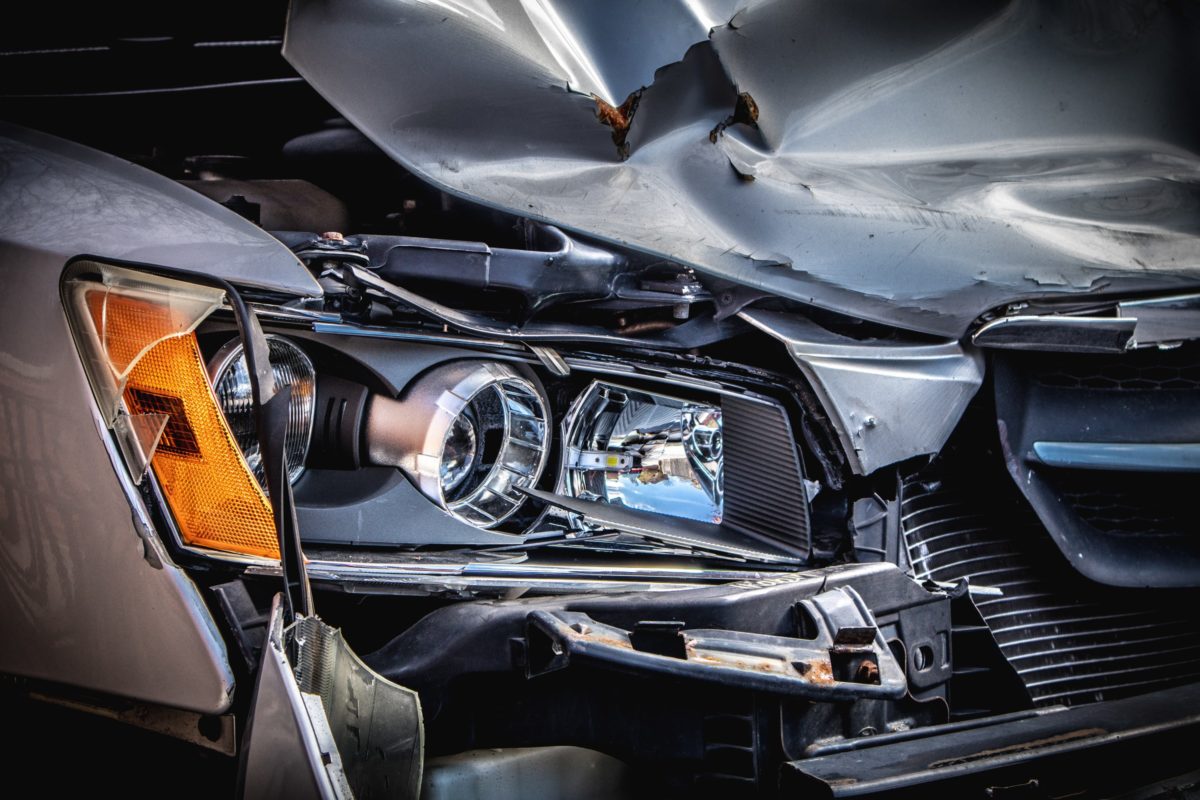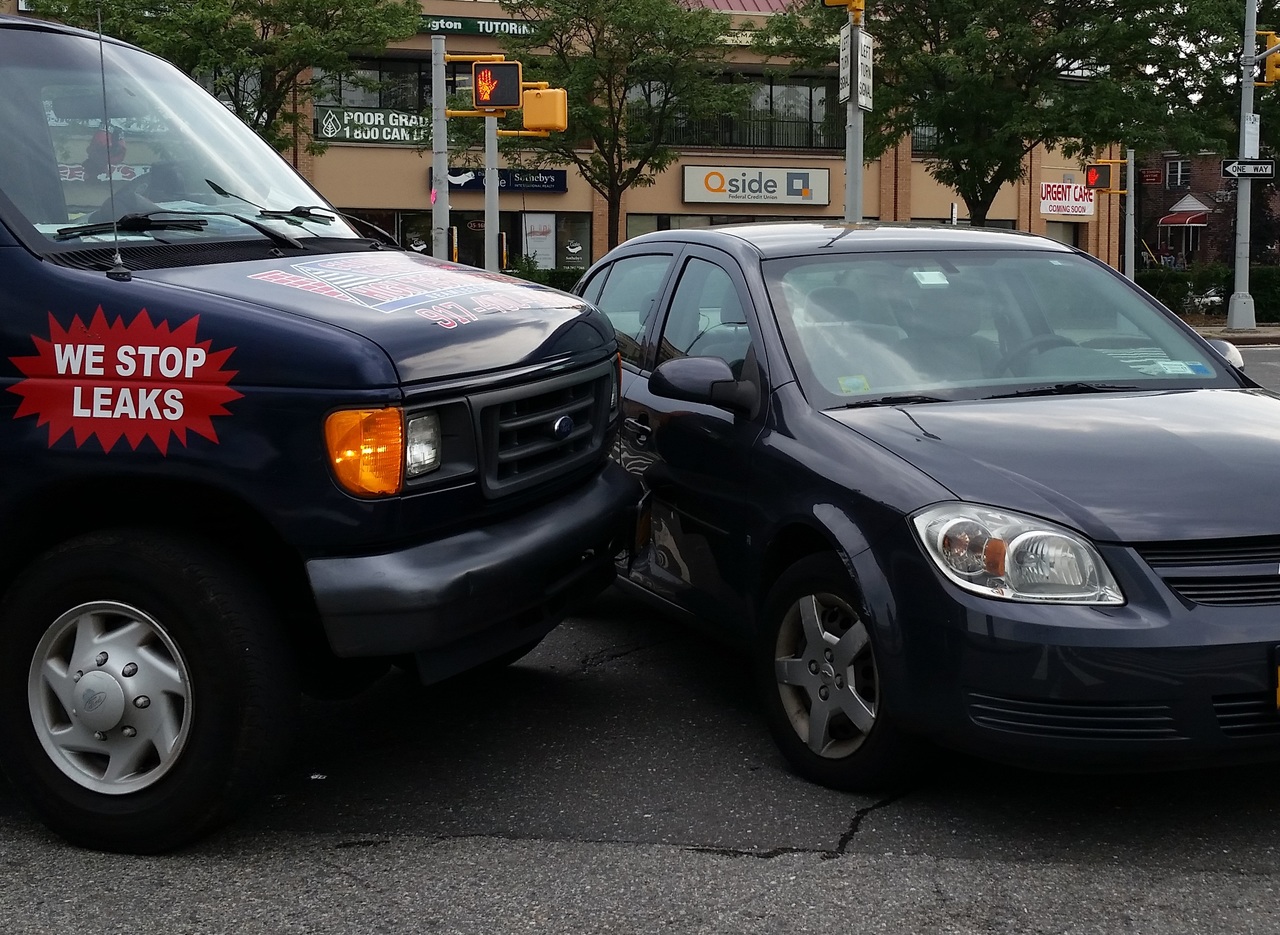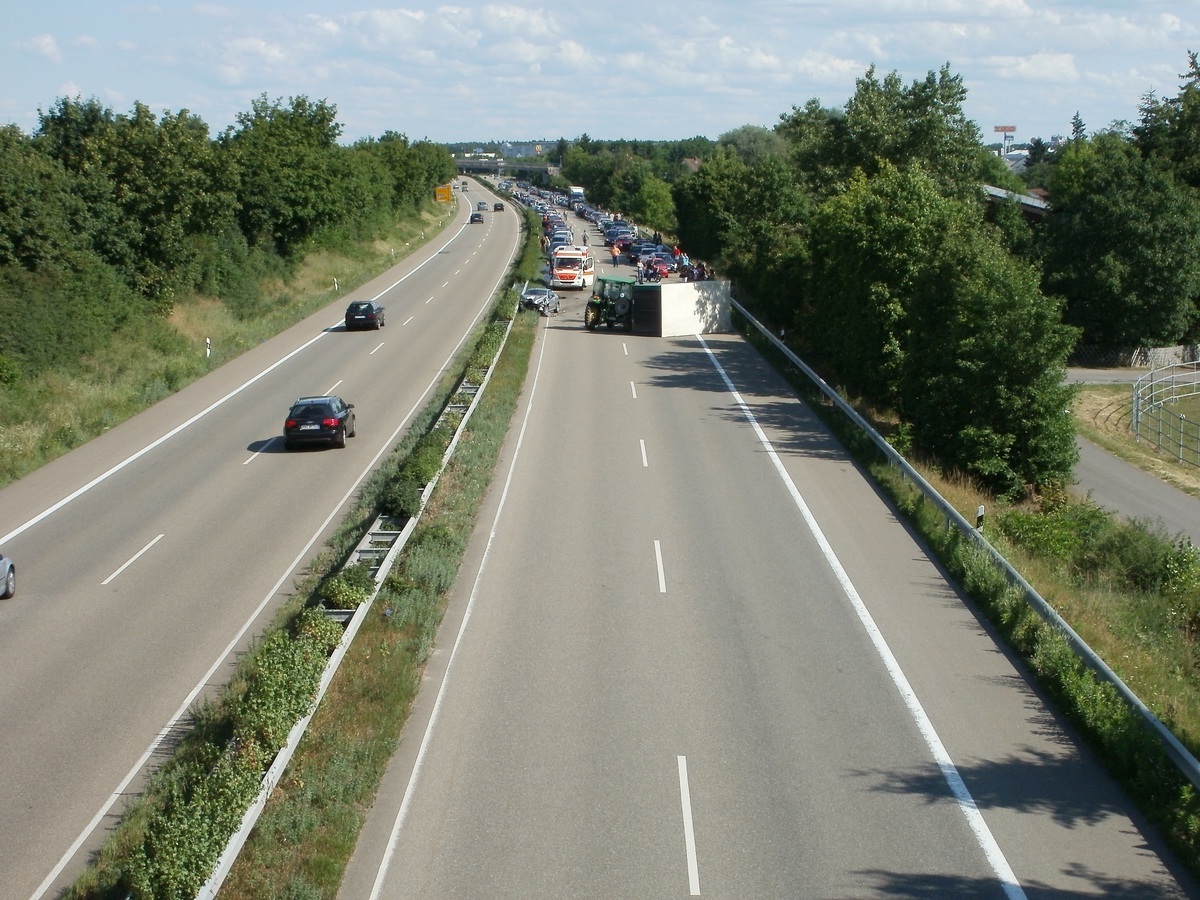The Art of Good Driving Posture: Avoiding Back Pain
Many drivers have over time, developed poor posture and thus suffer from back pain regardless of the structure of the seat.
Most modern cars have well-designed seats with lumbar support, ensuring that there is sufficient lower back support for drivers. However, years of sitting incorrectly can lead to poor posture at the wheel, causing neck, shoulder and lower back pain over time. Keep in mind that a strained or weakened spine can lead to other health challenges so it is important to develop good posture at the wheel.
Here are some simple ways you can take care of your back when sitting at the wheel:
- Don’t sit with your back rounded / hunchbacked.
- Sit with your head well supported by the headrest.
- Keep your shoulders level and lightly pressed against the top of the seat.
- Position your seat such that your knees are slightly bent and your feet easily reach the pedals.
- Relax your grip on the steering wheel and avoid leaning towards the steering wheel.
Whenever you are in traffic, take the opportunity to do some gentle exercises to keep your neck and shoulder muscles from getting stiff.
- Gently bend your head to one side, pressing your ear down towards the shoulder.
- Keep your chin tucked in as you do this to avoid harming the joints in your neck and upper back.
- Do the exercise slowly, holding the position for a couple of seconds before repeating on the other side.
Remember to only do this exercise when standing still in traffic. Keep your attention on the road and on your surroundings as smash and grab incidents can occur seemingly out-of-the-blue. This exercise can also be done at your desk as well as when standing in a queue at say, the Post Office!
